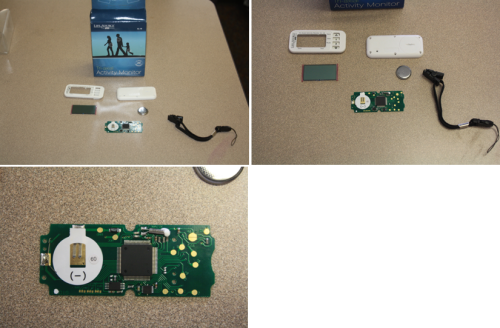Task 1 - Medical Sensor Development
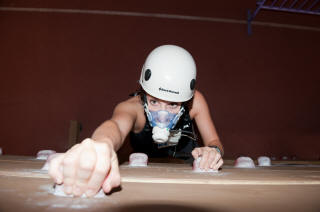
Task 1 is a continuation of a previous NASA project and is a collaborative effort between the departments of Kinesiology and Electrical and Computer Engineering. The goals for this task are three-fold:
- Monitor and assess aerobic fitness, muscle strength, and fine motor coordination by way of a collection of custom and off-the-shelf biomedical devices.
- Develop data-driven task performance models that seek to predict physiological failures.
- Construct an obstacle course and reduced-gravity simulation platform to serve current and future efforts in EVA task performance assessment and prediction.
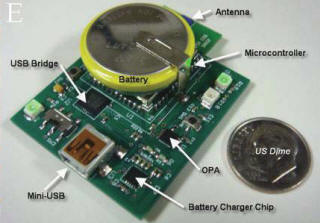
An obstacle course was created to mimic tasks an astronauts might preform on a mission. Subjects are monitored with sensors while completing the tasks. We are trying to determine the relationship between various physiological indicators and fatigue/failure of an activity.
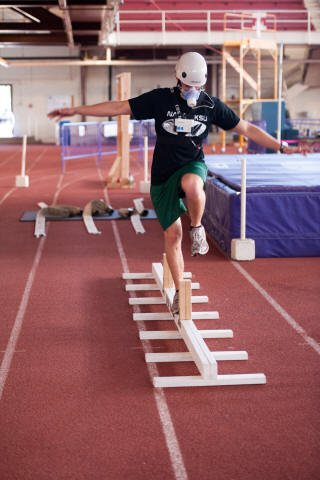
Once identifiers are linked to fatigue/failure both astronauts and medical personnel will be better equipped to decide if the task can safely be completed. Sensors are being developed while the test set up is created.
Undergraduate Involvement
One added benefit of this research project has been the involvement of undergraduate students. Young electrical engineers were tasked with studying what current sensors and technologies exist for monitoring the human body, and then had to choose which products would be selected for further research.
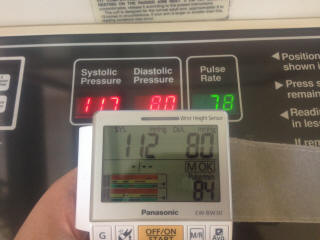
These students will have the unique opportunity to test and reverse-engineer these products, as well as develop an intuitive sense of electronic product design. This work will aid us in producing better sensors as the result of our research.
Examples of students' work can be viewed here:
Once the students receive the products, they are tasked with "reverse-engineering" them. This consists of a "teardown" of the product, wherein the student takes the product apart piece by piece in an effort to understand it's inner workings. An example of a student's teardown can be seen below.
